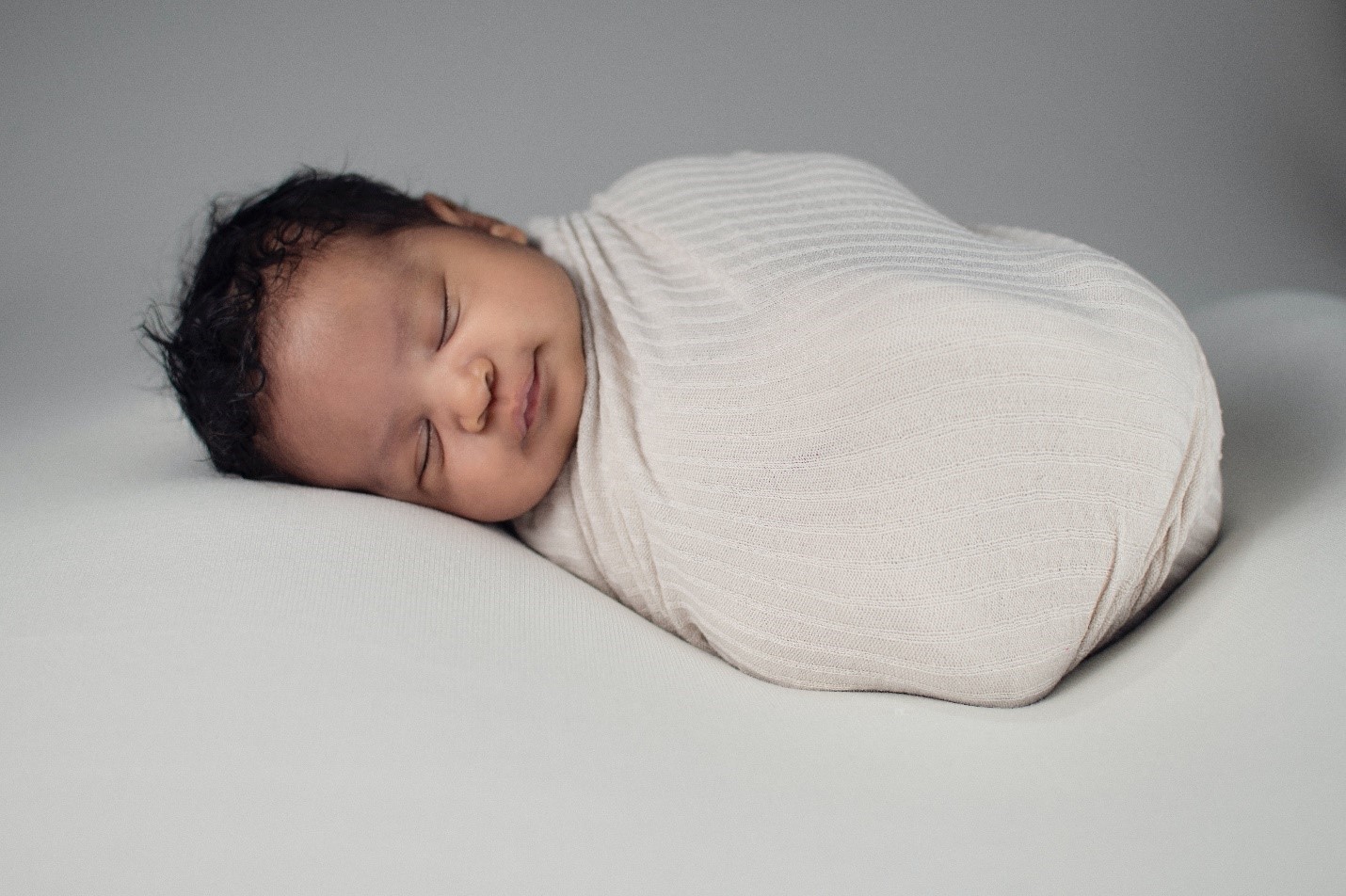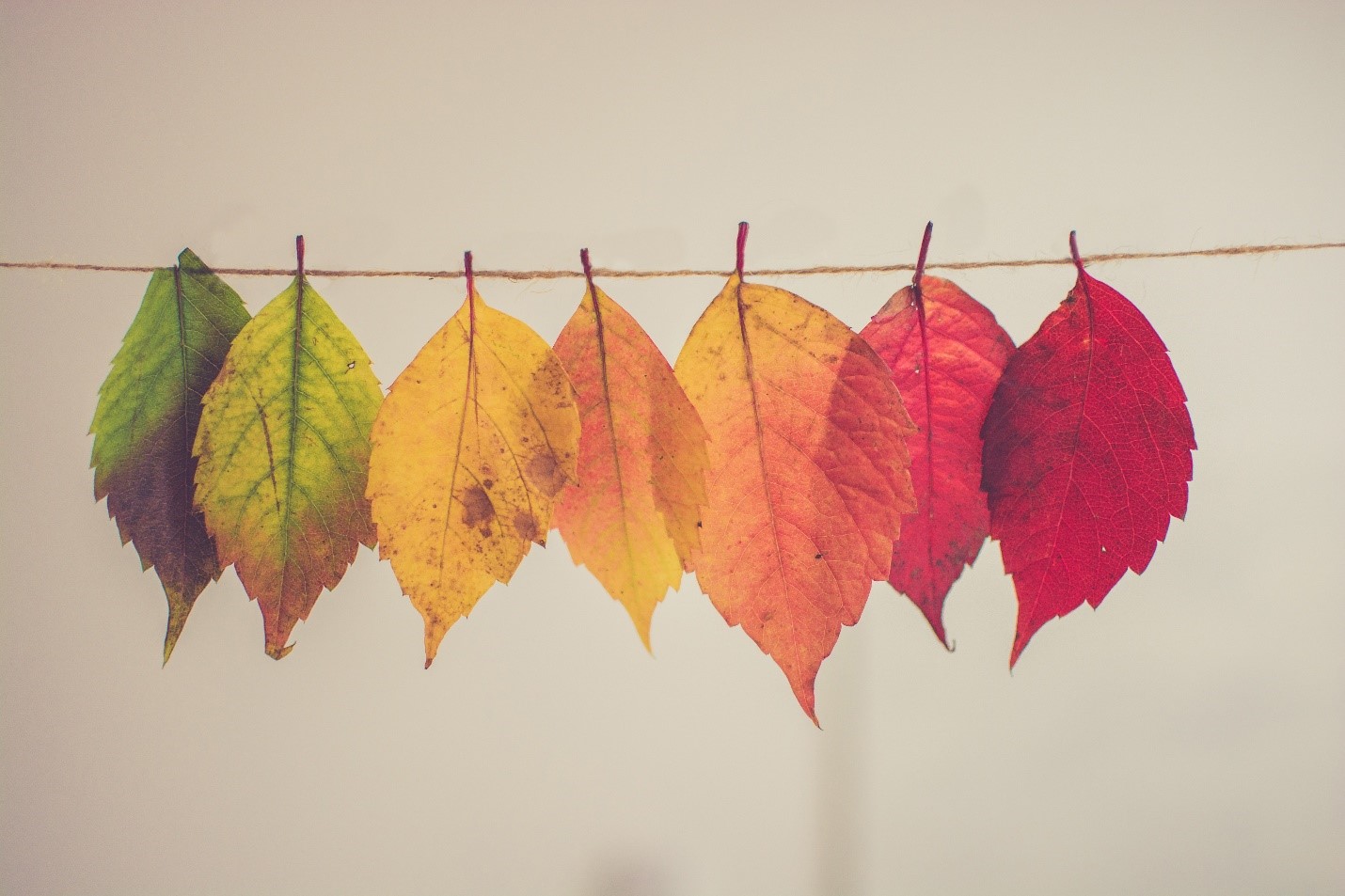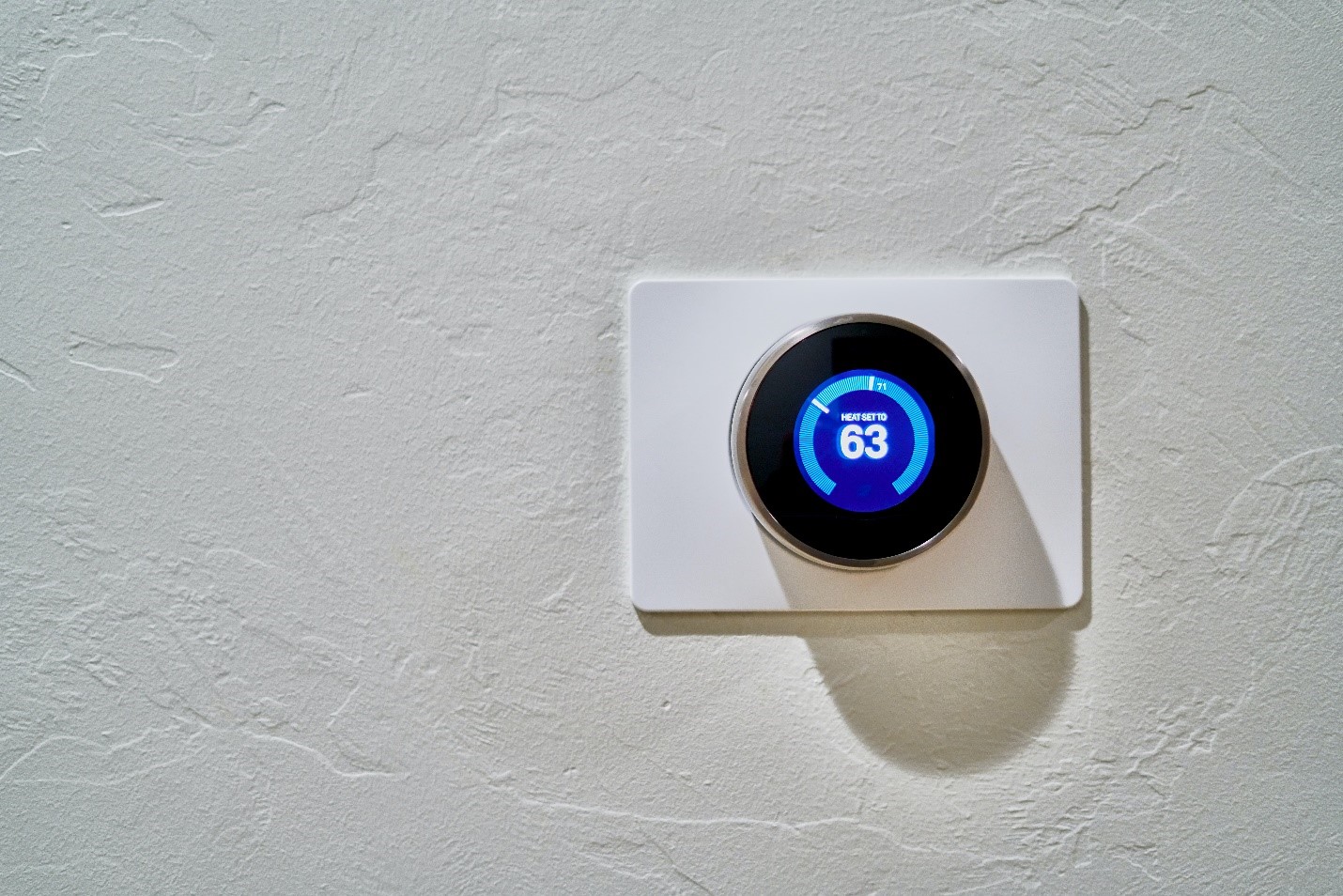Swaddling is an excellent go-to method for helping soothe babies. It is an age-old practice of snuggly bundling up a baby with blankets, softly restricting the baby, and replicating the feeling of being inside the womb. While swaddling is a surefire way to get babies comfortable, it is important to also take note of what they need to wear underneath the swaddle.
Babies should wear at least a layer of clothing underneath their swaddles, such as a onesie or a shirt and shorts. However, the type of clothing they should be wearing underneath will highly depend on factors such as the seasons, the room temperature, and the swaddle material. In addition, parents can benefit from learning the signs when their babies are either too hot or too cold so that they can act accordingly.
This article will talk about what baby should wear under swaddle and the different factors involved when deciding what babies should wear underneath, such as the time of year, the type of fabrics involved, and more.
Importance of Swaddling

An age-old practice, swaddling does confer several benefits. First and foremost, swaddling is an excellent way to help calm babies. As mentioned above, the soft restraint of a swaddle imitates the baby’s sensation of being inside their mother’s womb. This calming effect can help get babies better sleep as it protects them from their natural startle reflexes, eliminates their need for touch, and prevents them from touching their face.
Another important factor why parents should consider swaddling is that it offers babies an extra layer of fabric, typically for warmth and comfort. The American Academy of Pediatrics (AAP) does not recommend infants below the age of one year old to have loose items in the crib. These typically include toys and pillows, but importantly, this means loose blankets are not recommended as well. Loose items such as these can lead to the risk of sudden infant death syndrome (SIDS), suffocation, entrapment, and/or strangulation.
Since loose blankets are not safe to leave with an infant, swaddling them becomes a great alternative for temperature regulation.
What Should Baby Wear Under Swaddle?
While babies can get completely covered up by a swaddle blanket, they still need to wear at least one layer of clothing underneath. Deciding what baby should wear under swaddle depends on a few factors that parents should heavily consider. Listed here are the factors to ensure you choose what your baby will wear under their swaddle correctly.
1. Season

One of the first factors to consider is temperature since swaddles count as an extra layer of warmth over their clothes. Since seasons predominantly control the atmospheric temperature that people experience, it is important to first consider the time of year.
Understandably, you’d want to opt for lighter clothing during the warmer seasons. For many, this could mean a light cotton onesie. For hotter days, some parents can even opt to simply have their babies wear their diapers underneath the swaddle.
During the cooler months, parents can begin to dress their babies in warmer clothing underneath their swaddle. Long sleeve sleepers are common choices for these colder seasons. Many parents also opt to dress their babies in multiple layers. However, the AAP advises against overbundling babies for the risk of overheating.
2. Room Temperature

Aside from the temperature outside of the house, the temperature inside the nursery matters more since babies will spend most of their time sleeping in their cribs. Having great control over the room temperature is a significant benefit as parents would then be able to set the nursery to a comfortable temperature regardless of the time of year.
According to pediatricians, the ideal room temperature for a nursery should be between 68-72°F (20-22.2°C). This room temperature should be comfortable enough for the infant while wearing only one layer of clothing under their swaddle.
It is important to monitor the room temperature carefully, especially during spring and fall, as the temperatures during these seasons greatly fluctuate.
3. Swaddle Material
Another important factor to consider when deciding what baby should wear under swaddle is the material of the swaddle itself.
Firstly, parents who are considering swaddling their children will first have to choose between swaddle blankets and swaddle sacks. Both items are appropriate for swaddling babies, and they just differ in how they work.
A swaddle blanket is a large piece of fabric that is designed to be snuggly wrapped around a baby. Just like wrapping a burrito, wrapping a baby in a swaddle can take some skill and practice. For parents who are looking for an easier way, they can look into swaddle sacks. These are swaddle wraps that can be tightened by Velcro or zipper.
Regardless of if your baby is in a swaddle blanket or a swaddle sack, the material of the swaddle should still be considered. Swaddles are typically sold in breathable materials such as muslin or cotton. This allows better control when it comes to layering clothes on a baby. However, they also come in thicker types of swaddles designed for cooler seasons.
One important factor when choosing clothes for babies, be it the swaddle itself or the clothes underneath, is the Thermal Overall Grade (TOG) rating. The TOG rating is the value that gives parents an idea of how warm a piece of clothing is. The higher the TOG rating is, the warmer the fabric is. Thus, parents should consider getting a light swaddle with a low TOG rating for the warmer seasons and a heavy swaddle with a high TOG rating for the colder months.
For specifics, parents can refer to this table:
| TOG Rating | Room Temperature (°F / °C) |
| 0.2 | 75-81 / 24-27 |
| 1.0 | 68-75 / 20-24 |
| 2.5 | 61-68 / 16-20 |
| 3.5 | <61 / <16 |
4. Knowing if Baby is Too Hot in the Swaddle
The primary reason why parents are concerned about what their babies are wearing is the fear of a lack of temperature regulation. Babies should be adequately warm during the cold, and they should be properly cooled during the heat.
While getting the right clothes will prevent temperature irregularities, it is still important for parents to learn the signs to look out for when their babies are either too hot or too cold.
When babies are too hot due to being overdressed for the room temperature or the season, babies will exhibit flushed skin, rapid heartbeat, restlessness, and heavy sweating. Make sure to feel the base of their neck to assess their body temperature. On the other hand, babies exhibit pale skin, cold extremities, and sneezing when they become too cold.
Aside from these signs, parents can trust their gut whether their babies feel comfortable or not. Even new parents can have a sense of how their baby is doing. Touching the baby’s skin when they sleep should give you a good idea of whether they’re comfortable or not. Just like adults, babies’ skin should be a little warm to the touch.